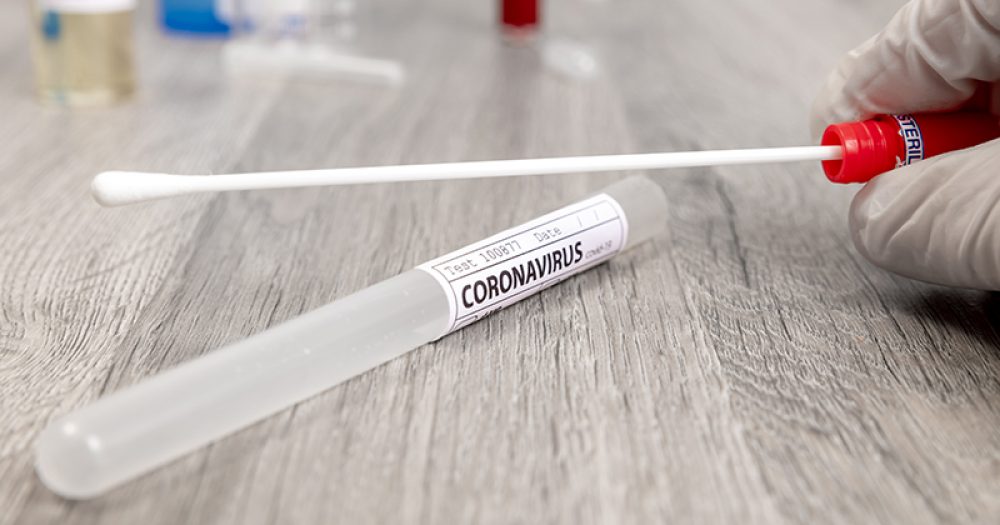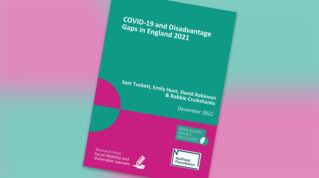The government has updated its contingency framework for further education and skills providers to include new Covid case “thresholds” that could prompt extra controls – but it will be up to leaders whether to use them.
The updated guidance on managing cases from the autumn term suggests that providers may want to consider “extra action” once certain thresholds are met.
The first suggested threshold is if five students or staff likely to have mixed closely test positive for Covid within a 10-day period.
The second is if 10 per cent of students or staff who are likely to have mixed closely test positive within 10 days.
The guidance includes a different threshold for special providers, residential settings, and settings that operate with 20 or fewer students and staff “at any one time”.
For these settings, the suggested threshold is if two students and staff likely to have mixed closely test positive in a 10 day period.
In the guidance, the Department for Education said the thresholds “can be used by settings as an indication for when to seek public health advice if they are concerned”.
The DfE also states it will “make sense” for most settings to consider extra action if the number of positive cases “substantially increases”. This is because it “could indicate transmission is happening in the setting”.
The guidance states that identifying groups likely to have mixed closely will be “different for each setting”. For FE providers, they could include students and teachers on practical courses which require close hands-on teaching such as hairdressing and barbering; students on sports teams together; or students and teachers who have mixed in the same classroom.
Providers told to consider outdoor activities and ways to improve ventilation
The guidance also sets out actions for providers to “consider once a threshold is reached”.
As well as reviewing and reinforcing testing, hygiene and ventilation measures already in place, the DfE said providers should consider whether any activities “can take place outdoors”.
Providers should also consider ways to “improve ventilation indoors, where this would not significantly impact thermal comfort”, as well as “one-off enhanced cleaning” focussing on “touch points and any shared equipment”.
The guidance also states that settings “may wish to seek additional public health advice if they are concerned about transmission in the setting”, either through the DfE’s helpline or “in line with other local arrangements”.
Directors of public health or health protection teams “may give settings advice reflecting the local situation”.
In areas where rates are high, this “may include advice that local circumstances mean that the thresholds for extra action can be higher than set out above”.
Local health directors may recommend attendance restrictions as ‘last resort’
Local directors of public health and health protection teams may also advise providers to strengthen communications on testing at home, temporarily reinstate face coverings, reinstate on-site lateral flow testing and increased frequency of testing.
In “extreme cases”, and as a “last resort where all other risk mitigations have not broken chains of transmission”, directors of public health “may advise introducing short-term attendance restrictions in a setting, such as sending home a class or year group”.
High-quality remote learning “should be provided for all students well enough to learn from home”.
Measures come on top of new testing and isolating rules
The actions and thresholds suggested today come on top of measures already set out in operational guidance that providers should have in place.
These include on-site testing in the autumn, and twice-weekly testing at home for secondary students and staff after that.
As announced last month, although those who test positive should isolate and take a confirmatory PCR test, under-18s will not need to self-isolate if they are a close contact of a positive case. Instead, they will “strongly advised” to take a PCR test, and will need to isolate if it comes back positive.

















Your thoughts